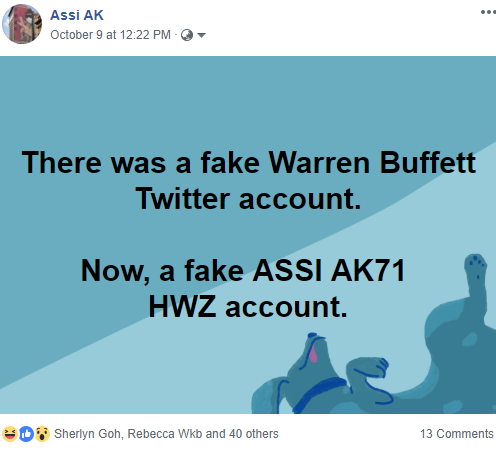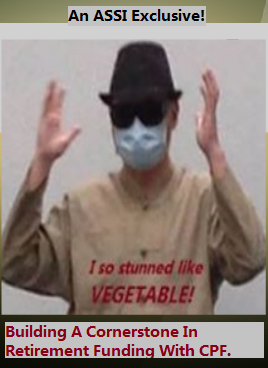Regular readers would know by now that I am accumulating units in Saizen REIT as it is a huge bargain. I have likened it to buying a $2.9m condominium unit for $1.6m before. That analogy still stands. On 3 March 2010, Saizen REIT's manager, Japan Residential Assets Manager Limited, presented their latest results and I would like to share some numbers here with fellow unitholders and other interested parties.
The NAV per Unit is S$0.40. However, some are worried that the portfolio of properties under YK Shintoku might be foreclosed. In case of foreclusure, the NAV per Unit excluding YK Shintoku would be S$0.36. On top of this, some are worried about the dilution that would take place once all the warrants are exercised. In such an instance, the diluted NAV per Unit would be S$0.28. The diluted NAV per Unit is based on 1,446,357,417 Units and warrant proceeds of S$44.7 million. Please find the full details at:
Saizen REIT: March 2010 Presentation
Saizen REIT is on track to resuming income distribution to unitholders in mid 2010 and its gearing level would fall upon the the full repayment of its CMBS loan for YK Keizan in April next month. A re-rating upwards by credit agencies is highly probable.
Although Saizen REIT's remaining CMBS loan for YK Shintoku is still being negotiated, personally, I do not foresee foreclosure taking place. If the loan is still being serviced, why would the lender want to proceed with foreclosure, especially with the punitive (aka lucrative) interest rate of 7% imposed on the borrower, more than doubling from the 3% before? Having said this, it would be in the interest of all unitholders that Saizen REIT's manager secures re-financing at a more reasonable cost soon.
June 2009 data from CB Richard Ellis, Colliers International, show that the average rental yield in Japan is the highest for residential properties at 5.5 to 6.5% p.a. This is followed by industrial properties, retail properties and office properties. Such high yields have attracted the attention of institutional funds which are expected to snap up assets at bargain basement prices. It is when things look the bleakest that the most opportunities are to be found. According to one Japanese investment bank analyst, for example, “we’ve been approached recently by many pension funds that want to increase their exposure to real estate because they realize prices are going down. They are happy to buy early because their return target is very low, maybe 5 percent.”
Some people have asked me why not go buy some Japanese residential real estate? Well, obviously, I do not have deep pockets like the institutional funds. I won't be able to buy a single apartment in Japan, let alone a whole apartment block.
The way I see it, Saizen REIT's financial health has improved significantly and will continue to improve. With its units trading at such a deep discount to NAV, if I have the money, why bother buying the underlying assets? I would just buy the REIT. To make it more tantalising, Saizen REIT is likely to yield upwards of 10% p.a. when it resumes income distribution to unitholders from mid 2010. This is much higher than the average of 5.5 to 6.5% yield for Japanese residential real estate as reported by CB Richard Ellis, Colliers International in their findings published in June 2009.
Some people I spoke to responded by saying they have missed the boat and lamented that they should have bought some units when it was 10c. I would tell them that I started buying at 13c, not 10c, and I am still buying today. Why? The fundamentals are still very compelling and the charts look good.
Related posts:
Passive income with high yields: Saizen REIT.
Buy Japanese real estate.
Saizen REIT: Long-term buy.
Saizen REIT: A symmetrical triangle?



















